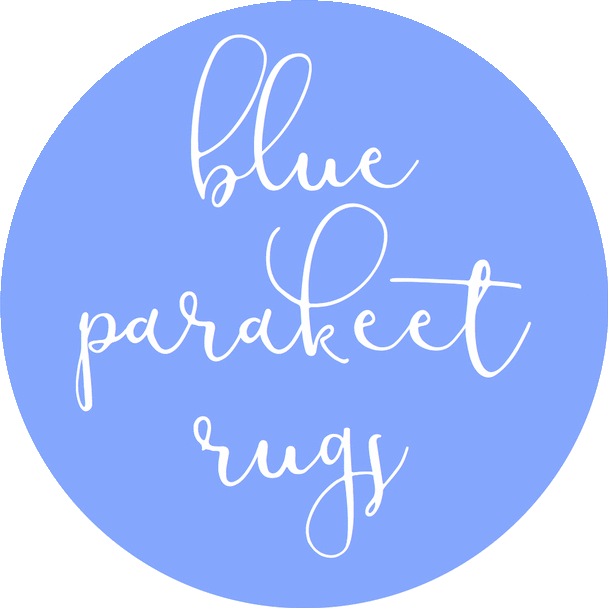Antique History and Home Decorating With Turkish Oushak Rugs
What are Turkish Oushak Rugs?
Turkish rugs have a rich history, and they continue to be cherished for their exquisite craftsmanship, unique designs, and cultural significance.
Photo: Michael Clifford
12x15 Oushak Rug on an Ochre Ground from Blue Parakeet Rugs
Oushak, also known as Ushak rugs, were woven in Western Turkey in a region that was to become the rug namesake, Oushak, and have a unique design such as angular large-scale medallions, motifs, tendrils and flowers. The medallions can reflect to the designs of Ottoman manuscript covers and their rugs date back to the Ottoman empire of around the 13™ Century. Some of their rugs from centuries ago are still intact and preserved. They usually evoke peacefulness in a room and typically showcase spaciousness in their design.
An Oushak rug can be easily recognized. These desirable rugs typically have a flexible handle due to their construction of a looser weave and softer wool, especially in the older, antique Oushak rugs. The knot count is lower than most other antique rugs, which gives them their floppy feel and they fold very easily. They are heavy and were woven with a wool pile and wool foundation. You will find Oushak rugs to be in palatial sizes. We have in the collection with sizes ranging from 10” x 12” to 16” x 26’. It’s not as typical to find them in small area sizes, but we have acquired some in the 4’ x 7’ range as well, but they were usually woven in larger room sizes.
They have grand scale design in their art, many times with an all over pattern and they can be found in subdued and muted color ways such as ivory, cream, soft gold, apricot, saffron and dusty pink but you can also find a saturated red Oushak rug as well. The medallions and motifs can be like Persian rugs, but Oushak rugs have a personality all their own and are distinct in the Oriental rug world. Some attribute the similarity in design to Persian rugs because Persian artisans were taken to Turkey centuries back and the influence of Persian rug art was woven into the Oushak rugs.




